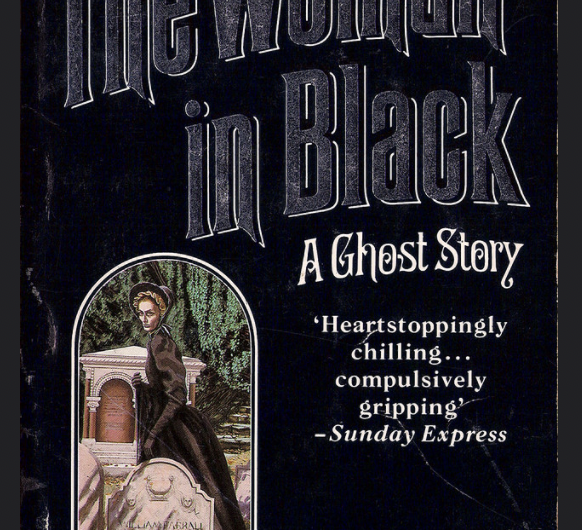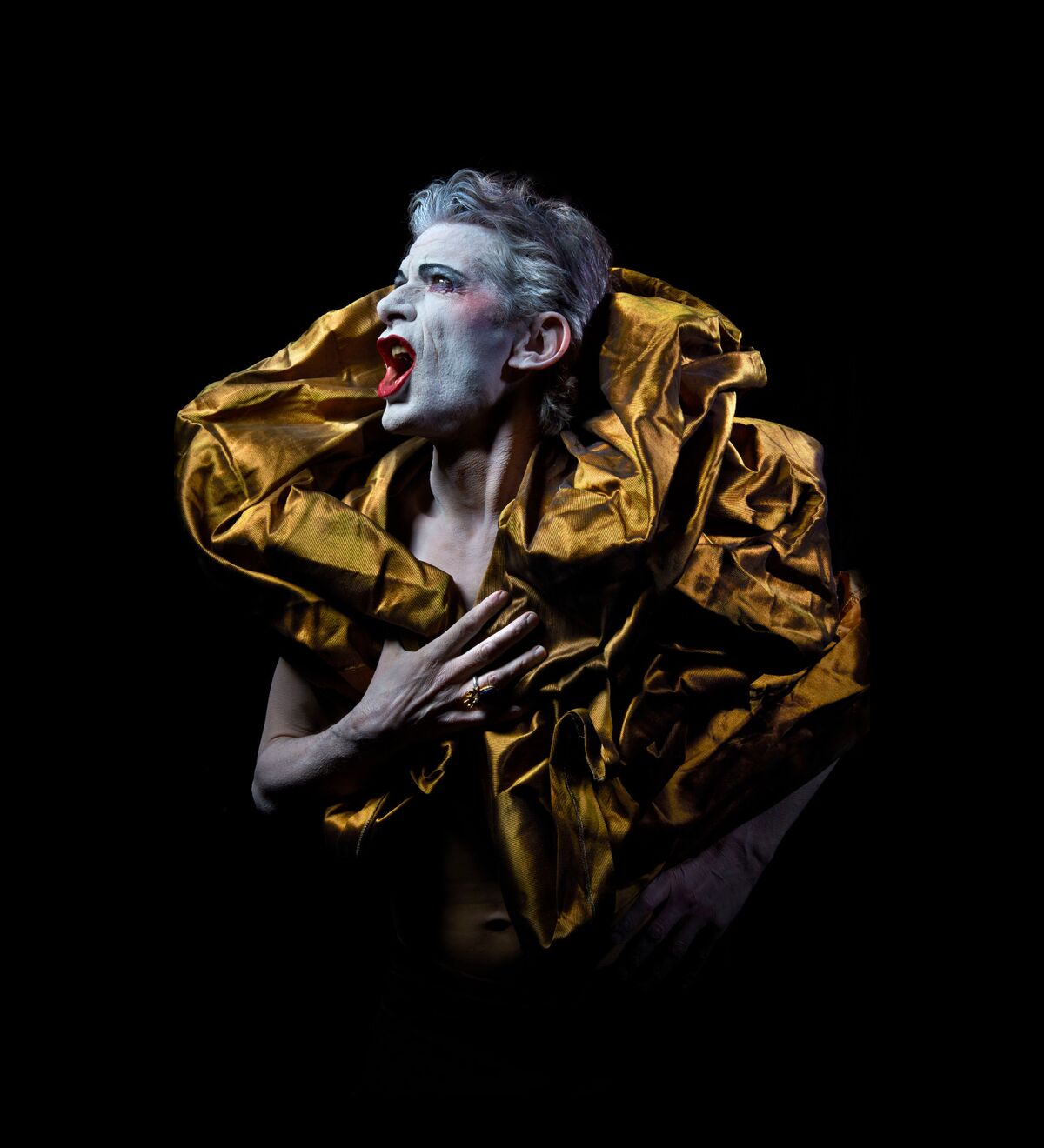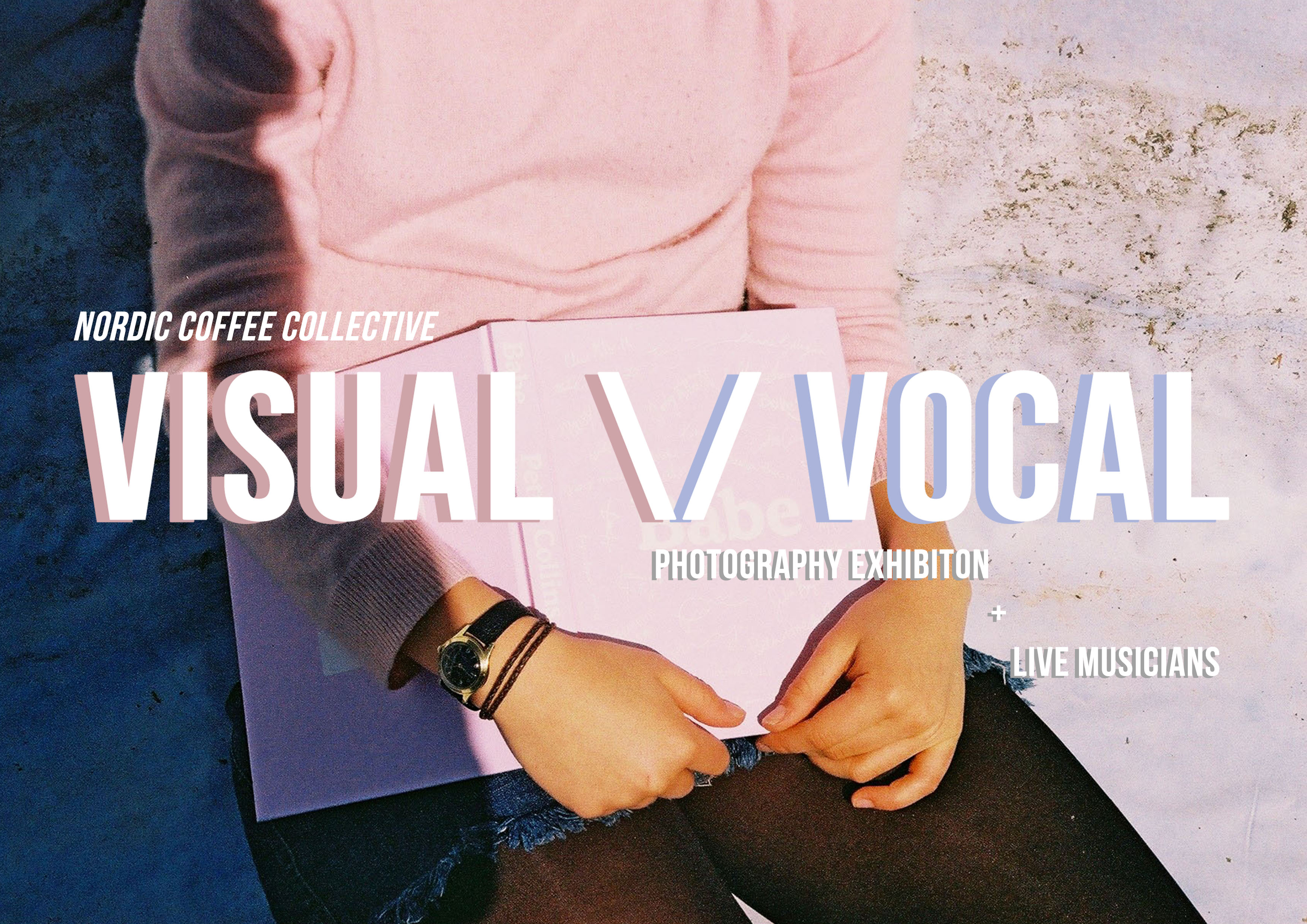By Ali Arief
I would be lying to you all if I said that I wasn’t super excited to see this absolute wonder of a play. As soon as I saw the poster for ‘The Woman in Black’ advertising that the play had arrived at Brighton’s own Theatre Royal, I made a very happy sound and immediately checked the price for tickets. I like my darker plays. Being the adrenaline junkie that I am, I often lean towards watching plays within the horror genre, and since I haven’t been reviewing theatre from my bedroom anymore, I can go out to a proper theatre now and scream my head off at a few jump scares after a few pints. Proper bliss.
The Woman in Black is a gothic horror novel written by Susan Hill which many will remember from their GCSE days, or by watching the movie adaptation starring David Radcliffe. Whichever way you know the story, you will most likely remember it being incredibly gripping and disturbing to its very core. The play itself was adapted by Stephen Mallatratt and it marks itself fearlessly as being another terrifying telling of the story, and its reputation is often discussed enthusiastically among playgoers. It first opened in 1987 in London’s West End of which the play is now home to and is the second longest play to stay at the West End, aside from The Mousetrap.
The play itself is famous for only having two actors who play every single character, bar of course, The Woman in Black. Playing a whole multitude of characters throughout the space of only two hours seems like an exhausting task, and I must give the actors credit for making each character so distinct and three dimensional. Watching each actor seamlessly flow between every part in the story was extraordinary, and I can only wonder how much time and effort went into embodying each one, especially as there are quite a few roles to play.
The characters themselves were dressed in simple Victorian styled costumes, which added to the extremely minimal grey-blue set design. I live for complicated sets, intricate costuming and artistic make-up, especially when it comes to horror, but the simplicity and minimalism of this set design was delicately beautiful as it served a purpose. That purpose being “You can’t hide”. Its stark nakedness made us as the audience feel vulnerable, especially during the scenes where the Woman in Black is seen visibly on stage, as our focus is directed towards her and only her. Her gothic costuming, combined with the extremely effective stage makeup that could just be glimpsed behind her iconic black veil garnered an incredible response from the audience with gasps, shudders and jumps being common throughout the night.
Aside from the effectiveness of the minimalism, the set also provided a host of technical delights in order to creep out, unease and frighten. The play itself is known for its use of a wide sheet of gauze which cuts the stage in half. The use of gauze acts as a liminal barrier between the world of the living and the realm of the dead, acting as a physical representation of the world outside Eel Marsh House and the supernatural world that lies within. Again, something so simple but so effective.
Because the set is so minimal, it means the actors have a lot of space to fill. This could seem like quite a daunting task, considering the cast is so small. I could see this as a potential challenge, however the excellent direction meant that the actors moved and jumped around the stage with immense ease, and the space that wasn’t filled only left gaps for the well awaited spectre to linger and wander.
The show also operates a smoke machine, which fills the bottom shelves at intervals which is added to represent the heavy, dense and all-consuming fog which resides over Eel Marsh House. The smoke falls into the audience at intervals, and you do feel as if you are drowning along with the actors as they tell the ghastly tales of Eel Marsh.
The use of lighting was also creatively designed with the intention to scare, with dark red lights being used in spots on the stage to cast grotesque and wiry shadows.
A key aspect of the play of which I thoroughly enjoyed was the emphasis on imagination. The characters themselves stated how important imagination is to a play and made sure using sound and visualisation that the audience was being guided to imagine Spider the dog and create objects such as a train and a horse and trap without the need for lavish or clunky props.
It made me remember just how powerful the human imagination is, and although extensive sets and props can be remarkable, often there is so much power to be found in something so simple as the imagination. I believe that this adaptation of The Woman in Black wanted to scare us through this imaginative process. She simply needs to embody a presence and move around the stage, and the story was woven in such a way that when she made herself known, she unnerved you but in such a subtlety and powerful way.
The horror aspect to this play, though crafted through mostly jump scares, to me felt rather mild. However, since a lot of school aged children and families will be wanting to see this play, it doesn’t surprise me that the director felt the need to craft this play safely. The play was especially unnerving and creepy, and the jump scares that occurred were very well done. It just wasn’t the terrifying experience I was looking for, however perhaps I am hard to scare these days.
Now that I am reflecting on it, I would absolutely adore to see a version of this play without the company holding back, as it had the potential to be completely blood-curling.
Even if you are hard to scare (and still a little bit jumpy), I would still highly recommend seeing this play. From a technical standpoint alone, so much of it was marvellously done, so if you’re interested in extremely well-done music and lighting design, this play would be perfect for you. I would also suggest this play to those who are interested in horror theatre but aren’t looking to go home and have nightmares that following evening.




